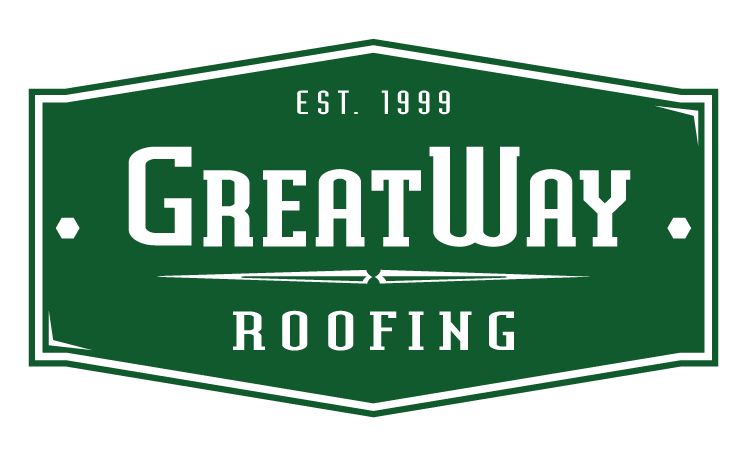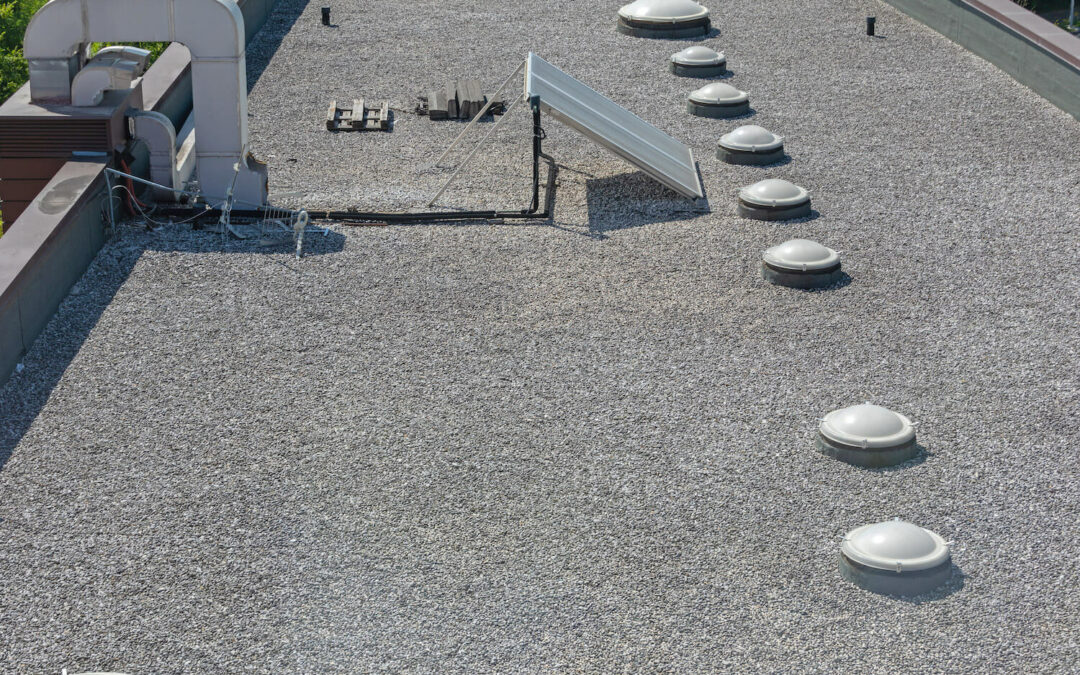Commercial buildings are substantial investments that require meticulous care and maintenance to ensure longevity and operational efficiency. One crucial yet often overlooked aspect of maintenance is the regular inspection of the commercial roof. The roof serves as the first line of defense against the elements, and neglecting its upkeep can lead to a cascade of problems that adversely affect the entire structure.
This article will explore the potential roofing consequences, roofing issues, and signs of not conducting professional inspections on commercial roofs.
1. Water Damage
One of the most significant threats to a commercial roof is water damage. A roof with undetected leaks can allow water to seep into the building, leading to problems such as mold growth, compromised structural integrity, and damage to valuable assets within the premises. Professional inspections can identify even minor leaks before they escalate into major issues, saving businesses substantial repair costs and potential disruptions to operations.
2. Structural Damage
Over time, exposure to the elements, including harsh weather conditions and UV radiation, can cause structural deterioration of the roof. These issues may go unnoticed without regular inspections until they reach an advanced stage. When the damage becomes apparent, the repair costs can be exorbitant, and businesses may face significant downtime for extensive repairs. Professional inspections allow for the early identification of structural issues, enabling timely intervention and preventing more extensive damage.
3. Energy Inefficiency
A poorly maintained or damaged roof can compromise the energy efficiency of a commercial building. Gaps, cracks, or insufficient insulation can lead to heat loss in the winter and increased cooling costs in the summer. Professional inspections can identify areas where the roof is lacking insulation or where repairs are needed to enhance energy efficiency. Addressing these issues promptly can result in substantial energy savings over time, benefiting both the environment and the business’s bottom line.
4. Decreased Lifespan of Roofing Materials
Commercial roof materials are designed to withstand the elements. However, without regular inspections and maintenance, these materials can deteriorate prematurely. Factors such as debris accumulation, pooling water, and algae or moss growth can contribute to the degradation of roofing materials. Professional inspections can identify these issues early on, allowing for targeted repairs or cleaning that can extend the roof’s lifespan.
5. Safety Hazards
Neglected roofs can pose safety hazards to building occupants and passersby. Loose or damaged roofing materials, such as shingles, tiles, or metal panels, can become dislodged during storms or high winds, posing a risk of injury or property damage. Regular professional inspections can detect and address potential safety hazards, ensuring the commercial roof remains a secure building component.
6. Legal and Insurance Implications
Failure to maintain a commercial roof in good condition may have legal and insurance implications for business owners. Many insurance policies require regular roof inspections and maintenance to remain valid. In the event of a claim related to roof damage, an insurer may investigate the maintenance history of the roof. The insurance payout may be reduced or denied if negligence is found. Moreover, local building codes and regulations often mandate regular roof inspections, and non-compliance can result in fines or legal consequences.
7. Disruption to Business Operations
Roof issues that go unnoticed and unaddressed can lead to unexpected disruptions in business operations. Leaks or structural damage may force temporary closures for repairs, resulting in financial losses and inconvenience for employees and customers. Regular professional inspections can help businesses plan for necessary maintenance and repairs, minimizing the impact on daily operations.
8. Mold and Mildew Growth
A leaking roof can create a conducive environment for mold and mildew growth. Mold poses health risks to occupants and can cause additional damage to building materials. Professional inspections can identify water intrusion points and allow for prompt repairs, preventing mold development and preserving indoor air quality.
9. Reduced Property Value
The condition of a commercial building’s roof is a significant factor in determining its overall value. A poorly maintained or damaged roof can significantly reduce the property’s appraisal value. Regular professional inspections and maintenance contribute to preserving the structural integrity and aesthetic appeal of the building, safeguarding its market value.
10. Warranty Compliance
Many roofing materials come with manufacturer warranties that require regular inspections and maintenance to remain valid. Neglecting these obligations may void the warranty, leaving businesses vulnerable to bear the total cost of repairs or replacements. Professional inspections fulfill these warranty requirements and help identify issues before they escalate, ensuring that necessary steps are taken to preserve the warranty coverage.
11. Environmental Impact
Sustainable business practices are becoming increasingly important in today’s world. A well-maintained roof contributes to environmental sustainability by promoting energy efficiency and reducing the need for premature roof replacements. Professional inspections can identify opportunities for incorporating green roofing solutions, such as reflective coatings or environmentally friendly materials, further aligning a business with eco-conscious practices.
12. Proactive Budgeting
Regular professional roof inspections allow businesses to budget for maintenance and repairs proactively, preventing unexpected financial strain. By identifying potential issues in advance, companies can allocate resources strategically and avoid the financial stress associated with emergency repairs. This proactive approach to budgeting contributes to the business’s overall financial stability and resilience.
13. Technological Advancements
Advancements in roofing technology, such as infrared thermography and drone inspections, have made it easier and more efficient to assess the condition of commercial roofs. Professional inspectors equipped with these tools can identify issues that may not be apparent during a visual inspection alone. Embracing these technological advancements enhances the accuracy and thoroughness of roof assessments, ensuring a more comprehensive understanding of the roof’s condition.
14. Asset Protection
The roof is a critical asset of any commercial building, and its protection is paramount for preserving the property’s value. Regular professional inspections are a proactive measure to safeguard this asset, identifying potential threats and addressing them before they compromise the roof’s integrity. This approach protects the immediate investment in the roof and contributes to the long-term sustainability of the entire property.
15. Professional Expertise
Engaging the services of qualified roofing professionals ensures that inspections are conducted with a high level of expertise. Trained inspectors have the knowledge and experience to assess various roofing systems and materials, identifying nuanced issues that may elude an untrained eye. Relying on professional expertise instills confidence in the accuracy of the inspection findings and the effectiveness of subsequent maintenance or repair actions.
Conclusion: The Proactive Approach to Commercial Roof Care
Regular professional inspections for commercial roofs are not just a reactive response to potential issues; they represent a proactive approach to building maintenance and business sustainability.
By investing in routine inspections, businesses demonstrate a commitment to the well-being of their property, the safety of occupants, and the overall success of their operations. Neglecting commercial roof inspections can lead to problems extending far beyond the roof. The repercussions are significant, from compromised structural integrity to legal consequences and financial burdens. On the other hand, businesses prioritizing regular inspections benefit from early issue detection, cost-effective maintenance, and peace of mind with a well-maintained and resilient commercial roof. In a dynamic business environment, where adaptability and foresight are crucial, the proactive care of commercial roofs is a fundamental responsibility. It is an investment that protects the physical structure and contributes to the long-term success and sustainability of the business. Therefore, for businesses aiming to thrive in the long run, the regular engagement of professional roof inspections should be considered an integral part of their strategic maintenance planning.

